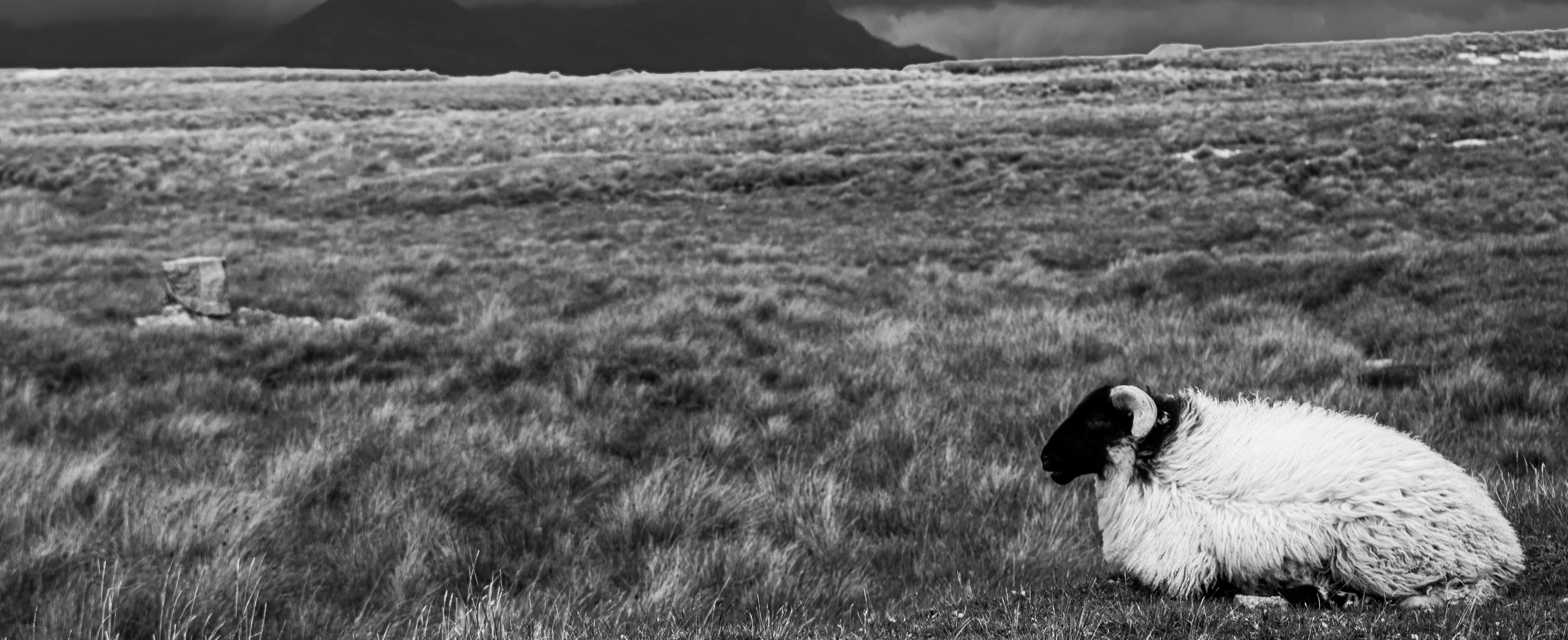Abstract
Aotearoa/New Zealand has forged a contemporary international identity as a leader in the establishment and management of animal sanctuaries. This article treats Aotearoa/New Zealand as a ‘typically exceptional’ or ‘exceptionally typical’ example, seeking to unravel the deeper settler colonial investment in sanctuary as concept and practice. It is especially interested in what animal sanctuaries in Aotearoa/New Zealand might look like from the perspective of the stoat (Mustela erminea), and why such a perspective might matter. Acclimatised by Europeans from the 1880s onwards to help secure agronomic settlement, and more recently named as a so-called ‘animal pest’ to be targeted by the New Zealand government’s ‘Predator Free 2050’ campaign, the stoat discloses a foundational history that yokes sanctuary and settlement. It also reveals ongoing patterns of displacement and persecution. From the stoat’s position outside the perimeter fence, the article proposes, the settler colonial logics of enclosure and ‘deathworlding’ (Rose 12) appear exceptional in the extreme.
How to Cite:
Boswell, A., (2017) “Settler Sanctuaries and the Stoat-Free State”, Animal Studies Journal 6(2), 109-136.
Downloads:
Download PDF
368 Views
1158 Downloads

